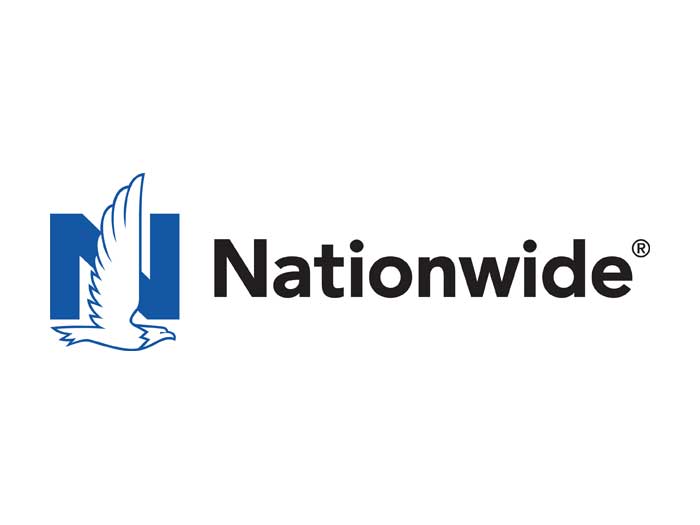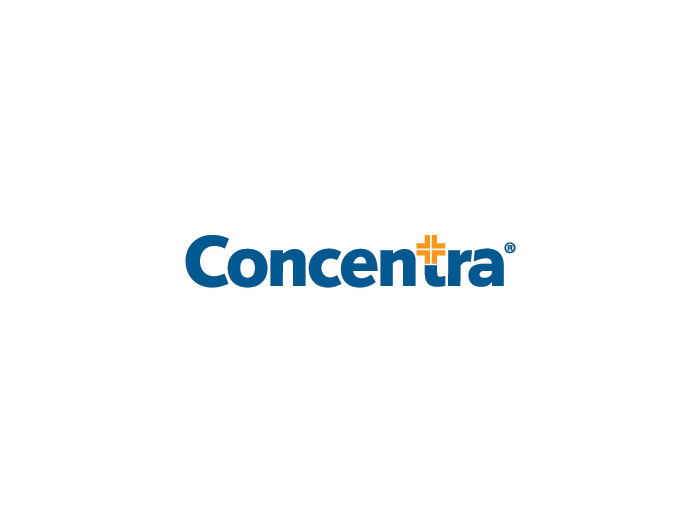A Thriving Middle Market Opens Opportunity for Insurers

The National Center for the Middle Market surveyed 1,000 C-Suite executives about their performance in 3Q 2018 and their expectations for the future. Their answers illuminate areas of opportunity for insurers.
Snapshot: U.S. middle market companies — those with annual revenues between $10 million and $1 billion — continue to thrive, maintaining growth in revenue, employment and investments as well as confidence in the business climate. However, they expect tariffs, a tight talent market and rising costs to dampen their prospects over the long term.
The Good: Year-over-year revenue growth is at 8.6 percent in the third quarter of 2018, up slightly from Q2. Upper middle market companies saw the largest gains over the previous quarter, but growth was fairly consistent across the board, with the exception of the construction and retail industries. These sectors still reported revenue increases, just smaller gains.
Fifty-seven percent of middle market companies expanded their workforce in 3Q, with 40 percent expecting hiring to continue. Employment growth was also concentrated among upper middle market firms. CEOs all across the spectrum, however, report increased confidence in global, national and local economies. As a result, 71 percent of companies are choosing to invest surplus rather than sock it away, focusing on IT improvements and capital expenditures on plant equipment.
Forty-eight percent of execs say they plan to increase prices to offset rising costs of healthcare, energy and interest.
The Bad: As hiring picks up pace, companies are faced with challenges in properly recruiting and retaining the right talent. One way to keep good workers on board is to increase wages, which 48 percent of executives say they plan to do. That, however, increases costs and erodes profit margins. For the first time in more than five years, costs will increase at faster rate (3.2 percent) than revenue (3.1 percent). Forty-eight percent of execs say they plan to increase prices to offset rising costs of healthcare, energy and interest.
The biggest challenge facing the middle market, however, may not become fully formed into well into 2019. Tariffs imposed on key imports like Chinese aluminum and steel will hit core middle market companies hardest. A third of survey respondents say they expect profits to take a hit because of tariffs. In addition to the extra costs they incur, tariffs also threaten companies’ international commercial relationships. The majority of manufacturers, wholesalers, retailers and construction companies say they expect to have to find new suppliers or renegotiate contracts.
Why It Matters: Middle market companies comprise one-third of private sector GDP and employ roughly 47.9 million people. Compared to other sectors, these companies continued to flourish even through the economic recession beginning in 2007. All of this demonstrates their vitality to the health of the U.S. economy, and by extension the health of commercial insurers. As middle market companies grow and expand, so will their risk exposures and coverage needs, creating opportunity for brokers and carriers.
According to a 2018 industry update published by Willis Towers Watson, primary and excess casualty, cyber, and professional liability lines in particular are all attracting insurers with competitive pricing environments in the middle-market sector. &










